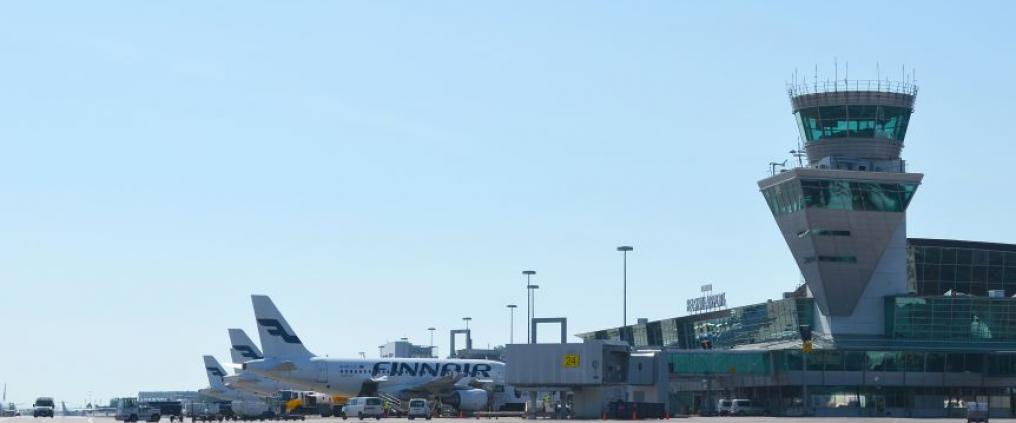First, airplanes cannot just be driven into the nearest suitable free space. There is a carefully thought-out planning process behind their positioning at each airport. With certain criteria, we can ensure that
- each plane has a legitimate and suitable place
- parking spots in the immediate vicinity of the terminals are utilized at maximum capacity
- it is easy for passengers to board the plane.
There are many constantly changing factors that affect parking airplanes such that the entire puzzle has to be rearranged every single day. At Finavia airports, we first consider safety issues when assigning places to planes, such as distances. Secondly, we need to make sure that the aircraft is suitably sized for the assigned spot. The infrastructure at each airport places several limitations that need to be taken into consideration; for example, ice removal can only be performed in a certain place, and the borders of the Schengen area need to be considered in many ways.
The most trouble with airplane parking is caused by resource optimization at the airport. It is necessary to count, for example, how each passenger bridge, border control and security check point is used as effectively as possible. Planes also need to be serviced immediately after landing and be ready for another take-off soon afterwards. This is done at record speed at Finavia airports, which is why particularly during the afternoon rush hour, efficiency comes down to a matter of seconds.
This and 200 other notes
Much like with airplanes, we also aim to minimize passenger waiting times. For example, when we know that there are many passengers transferring from one flight to another, we try to position the planes close to border control, and make sure that the passengers make it to their next flight quickly and easily. For that reason, we often try to position, for example, Paris and Beijing planes close to one another.
When planning positions for planes, transfer passengers’ schedules are also taken into consideration.
When you add the needs of other airport functions as well as that of passengers with special requirements to all of this, it adds up to a checklist of approximately 200 points in total. Compared to this, parking any regular vehicle starts to seem like a very simple procedure.
More parking spaces and electricity for cars
The ease of parking cars has been a priority at all Finavia airports, because departing and arriving passengers have better things to do than to hunt down a suitable parking spot. There are plenty of low-cost parking lots near the terminals, and each airport’s website offers clear instructions for planning parking in advance.
3,000 new parking spaces were added to Helsinki Airport at the end of the summer of 2016, when the expansion of parking garage P5 was finished. It is thought to be the biggest parking garage in in Finland, and with the new addition to P5, the total amount of parking spaces at the airport is now a whopping 13,000. Parking is made easier with space-specific signs and a register plate recognition system, which allow you to book your preferred parking space in advance on Finavia’s website or through a mobile app.
Many of Finavia’s airports have also responded to the increasing demand of charging points for electric cars. In addition to Helsinki and Ivalo, there are now charging points at Oulu, Rovaniemi, and Kittilä airports.
Finavia develops its airports with a customer focus, taking into consideration airlines as well as passengers. We aim to ensure seamless travel, starting from booking and arrival to the terminal. The efficiency of our operations, and investments in constantly increasing passenger volumes allow us to offer internationally competitive air transportation services.
This article is part of Finavia’s annual report 2016. Click here to view the full annual report.
